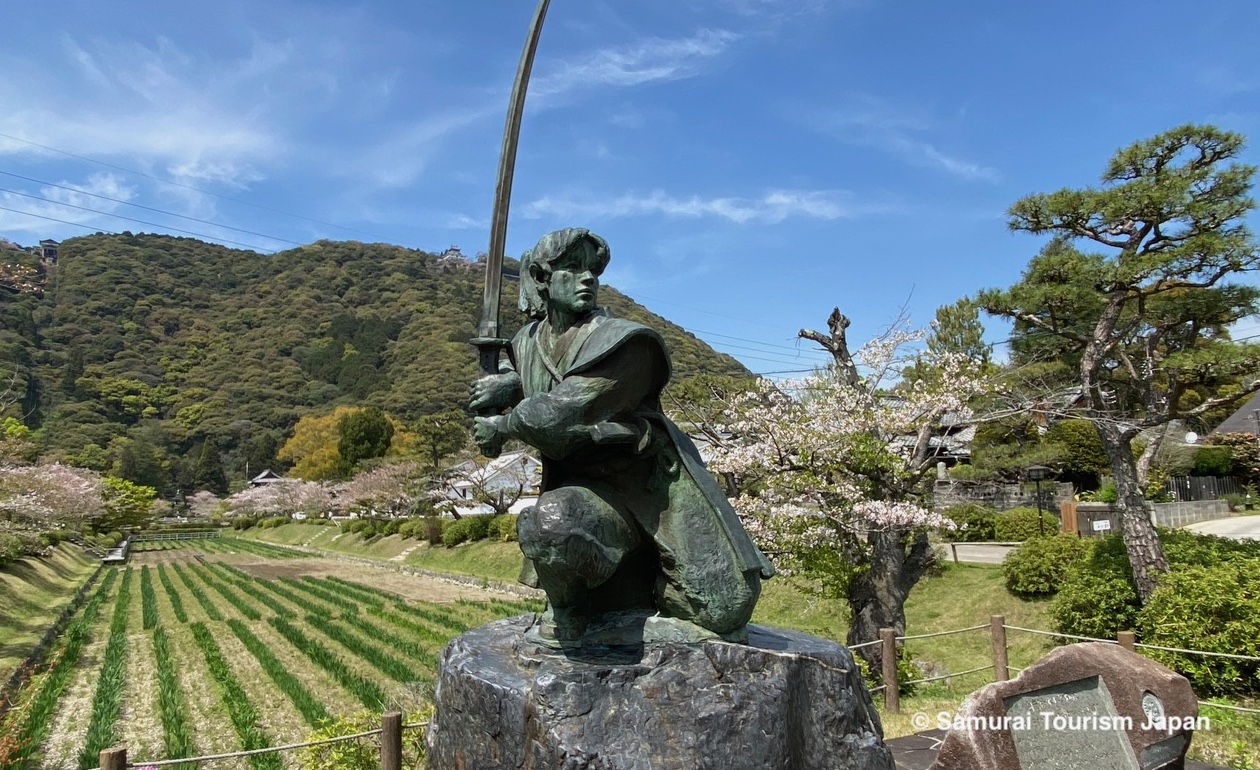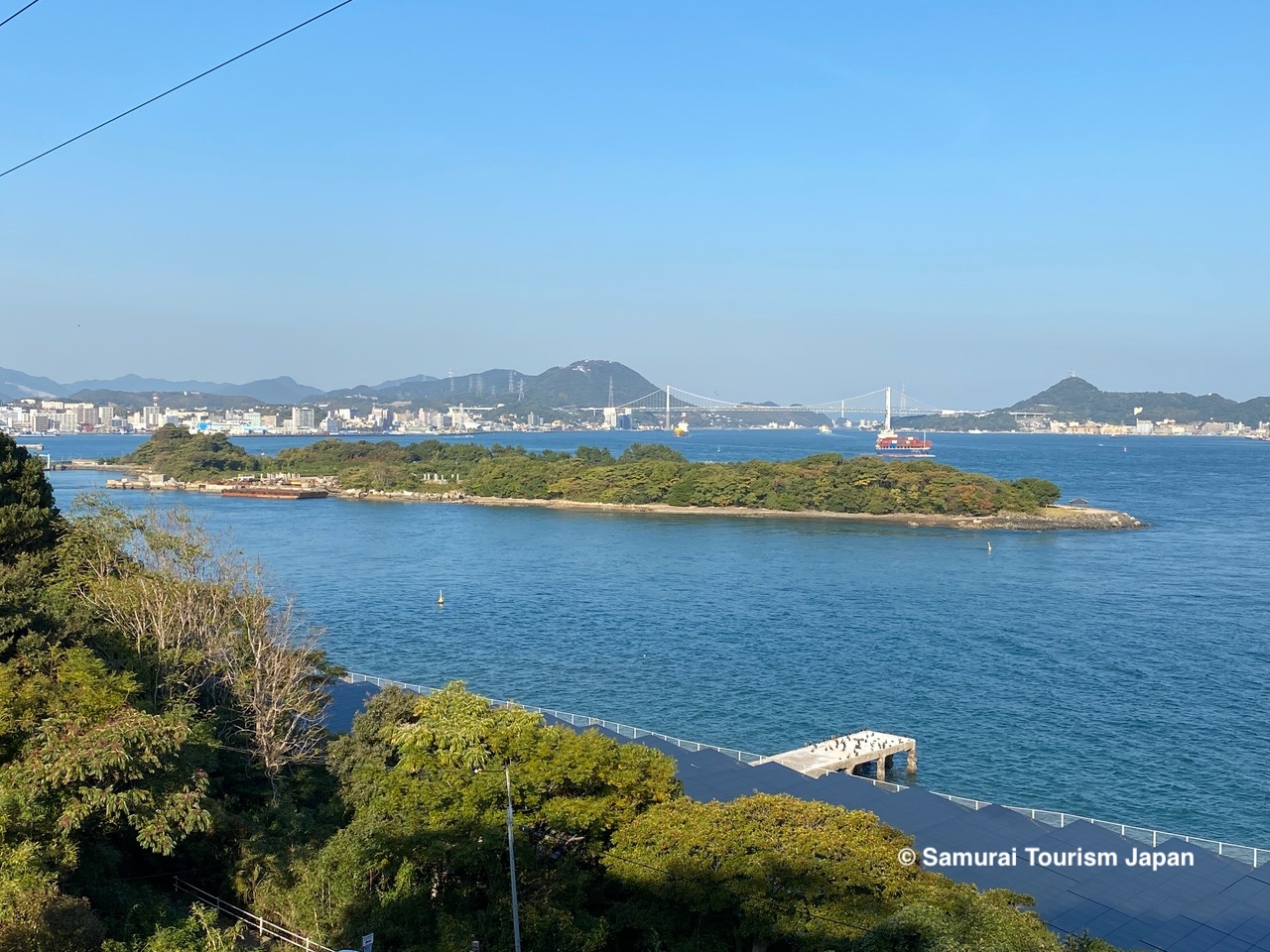Stories
Sasaki Kojiro: The Legendary Samurai Swordsman

The Legendary Samurai Swordsman
Sasaki Kojiro, also known as Ganryu, remains one of the best-known samurai swordsmen in Japanese history because of his legendary duel with Miyamoto Musashi. Despite his fame, Kojiro’s actual life is shrouded in historical mystery.
The exact details of his birth and early life remain uncertain. Sasaki Kojiro was most likely born in Iwakuni, Yamaguchi Prefecture, or possibly Fukui Prefecture. He may have been born in 1585, a year after Musashi, however his actual age is unknown, and at the time of the duel he was estimated to be anywhere between 20 and 50 years of age. Kojiro is said to have been a disciple of Toda Seigen, a renowned master of the Chujo-Ryu school of swordsmanship. Under Seigen’s tutelage, Kojiro honed his skills.
Kojiro eventually developed his own style, known as Ganryu, or Large Rock Style, characterized by powerful and deliberate strokes and favoring the use of an overly long sword. While the average samurai sword was around 70cm at the time, Kojiro’s weapon of choice was a particularly long blade, famously known as Monohoshizao or The Drying Pole, measuring over 90cm in length. His exceptional skill with this fearsome weapon earned him a reputation as one of the most formidable swordsmen of his time.
The first reliable account of his life states that in 1610, because of the fame of his school and his many successful duels (including one in which he fought off three armed opponents with only a steel ribbed folding fan), Sasaki was invited by Kyushu based Lord Hosokawa Tadaoki to be the Hosokawa Clan’s chief weapons master, suggesting he was at least as old as Musashi (29 at the time), if not older, probably 48 or even 58.
The Duel with Miyamoto Musashi
The most famous episode in Sasaki Kojiro’s life is undoubtedly his duel with Miyamoto Musashi, an equally legendary swordsman. This bout, held on April 13, 1612, on Ganryujima, an island off the coast of present-day Shimonoseki, is one of the most iconic duels in Japanese history.
The rivalry between Kojiro and Musashi is said to have been brewing for some time. Both men were renowned for their unparalleled skill and had gained considerable fame. The duel was arranged with great anticipation and was witnessed by several officials and samurai. According to popular accounts, Musashi arrived late to the island, an act seen by many as a psychological tactic to unnerve Kojiro. Musashi is said to have fashioned a wooden sword from an oar, intending to use it against Kojiro’s intimidating steel blade. Kojiro supposedly angered by Musashi’s tardiness, cast his scabbard into the waves in frustration, an act seen by Musashi as Kojiro realizing he had already lost.

The duel was swift and decisive. Kojiro, known for his Tsubame Gaeshi (Turning Swallow Cut) technique, which mimicked the motion of a swallow’s tail in flight, struck at Musashi. However, Musashi, employing his own strategy and leveraging the reach of his improvised sword, countered Kojiro’s attack, delivering a single, fatal blow. Kojiro fell dead on the sands of Ganryujima.
Legacy
Sasaki Kojiro’s only real legacy remains his famous duel with Musashi. As it no longer exists, we can only theorize what his famed Tsubame Gaeshi technique was. The Ganryu style created by Kojiro, died with Kojiro.
Because of his association with Musashi, Kojiro’s name has been immortalized in countless books, movies and television dramas. His character often embodies the anti-hero, a young, conceited, and arrogant yet skilled warrior whose life ends in a spectacular, climactic way at the hands of the hero, Musashi. The duel with Musashi is often analyzed for its strategic elements, offering lessons in self-control, timing, distance, and psychological warfare.
Historical Debate
Historians continue to debate the details of Kojiro’s life and his duel with Musashi. Some accounts suggest that Musashi’s tactics were less honorable, while others emphasize the strategic brilliance of his approach. These discussions reflect the complexities of interpreting historical events, especially those that have become legendary over time.
His defeat, despite his mastery, highlights the unpredictable elements of combat and life itself, further illustrating the idea that skill alone cannot control every outcome. This lesson resonates with the principles of bushido, where the samurai must accept the impermanence of life and remain ever prepared to face death with dignity.
Miyamoto Musashi once proclaimed that Sasaki Kojiro was the strongest opponent he faced in his life. Through his legendary duel with Miyamoto Musashi, Sasaki Kojiro has achieved a form of immortality, and remains a revered and respected warrior in Japanese history and culture.
See the sights associated with Sasaki Kojiro on a tour guided by 30 plus year resident of Japan, recognized samurai history and culture researcher, author and broadcaster Chris Glenn. Contact Samurai History & Culture Tours for details and bookings now.


